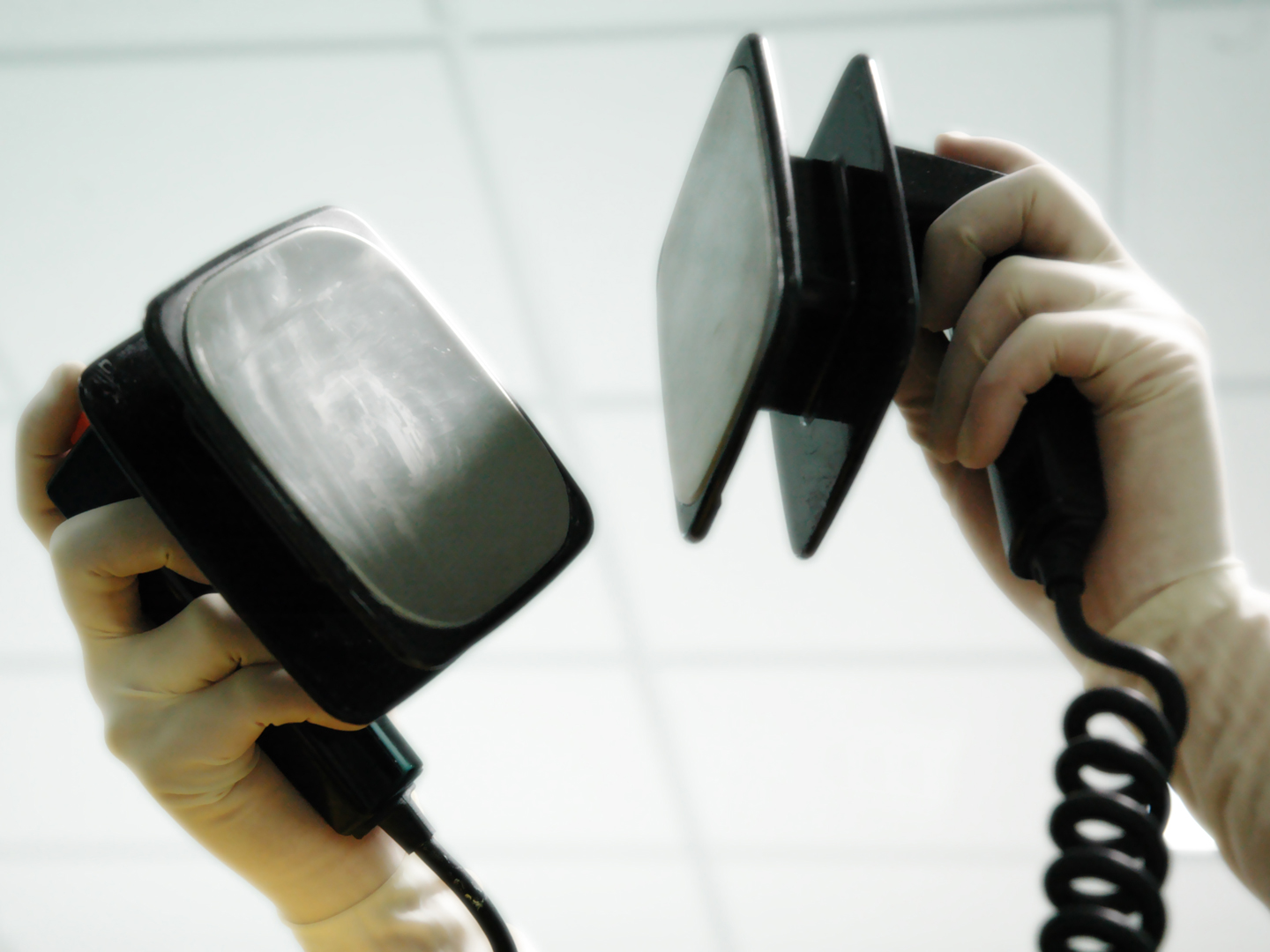Best Way to Avoid a Stroke?
Can tocotrienol and/or isoflavone supplements help reverse plaque buildup in the carotid artery? Can anything else? I have a 60- to 70-percent buildup.
Andrew Weil, M.D. | February 26, 2004

Since Israeli Prime Minister Ariel Sharon suffered a recent, devastating stroke I’ve received many questions on the risk factors for stroke and how to reduce them. As always, the best treatment is prevention. The Q & A below, originally published on Feb. 26, 2004, covers these issues.
The carotid arteries are the main arteries in the neck that supply blood to the brain. The buildup of plaque in these vessels is the same as the process that occurs in coronary arteries, where a blood clot in the narrowed area can cut off blood flow and increase the risk of a heart attack. When this happens in the carotid arteries, the result is a stroke.
The same measures used to reduce the risk of heart attack are recommended to deal with plaque buildup in the carotid arteries and are more important than taking any vitamins or nutraceuticals, including tocotrienol and isoflavones.
Your physician may have prescribed one of the statin drugs to lower cholesterol. You should adhere to a diet emphasizing lots of fruits and vegetables, particularly purple fruits, berries and red wine (if you drink alcohol), all of which contain protective compounds called proanthocyanidins. I would also include omega-3 fatty acids in the form of wild, cold-water fish or fish-oil supplements, flaxseeds and walnuts to help fight the inflammatory reaction that gives rise to plaque formation in the first place. Be sure to include plenty of garlic in your diet, since it can act as a blood thinner, and drink green tea for its antioxidant effects. Get regular exercise and take measures to reduce stress in your life.
Your physician may have told you that plaque sometimes can be removed surgically from carotid arteries via a procedure called carotid endarerectomy. This operation usually is reserved for patients whose arteries are narrowed by 70 percent or more. For less severe narrowing, drugs to prevent blood clotting may be prescribed to reduce the risk of stroke. Another option is carotid angioplasty, a procedure during which a long, thin tube is threaded through blood vessels into the affected artery. Once in place, a balloon at the tip of the tube can be inflated to push plaque back against artery walls. Doctors may also use a “stent,” a small metal cylinder, to prop open an artery narrowed by plaque deposits.
Andrew Weil, M.D.
Want to learn more about aging gracefully? Join Dr. Weil on Healthy Aging today!











